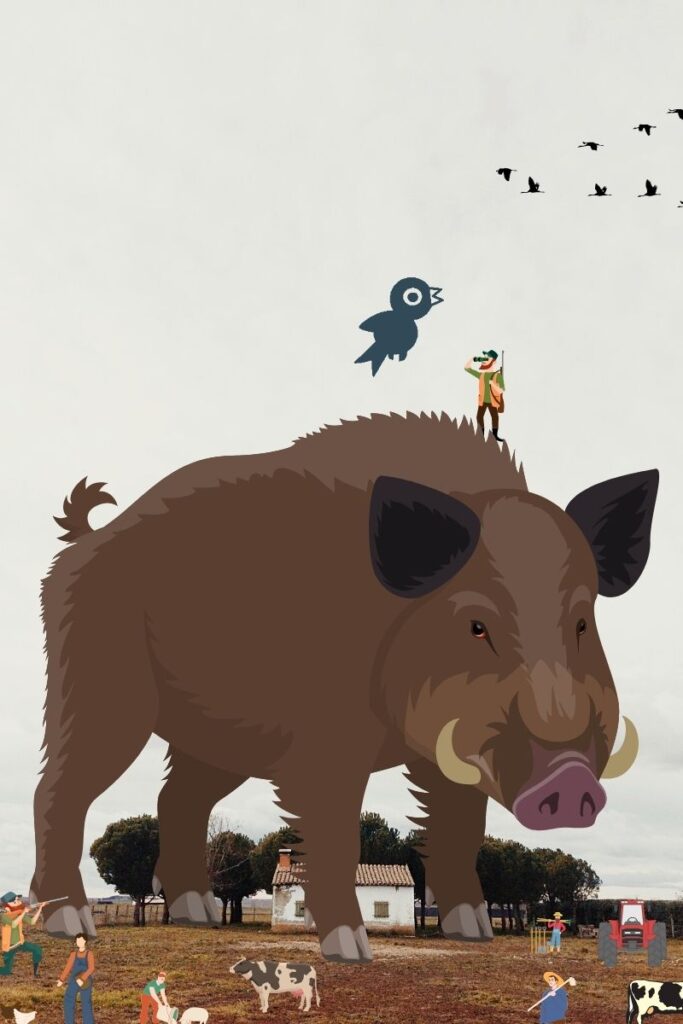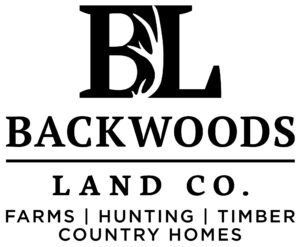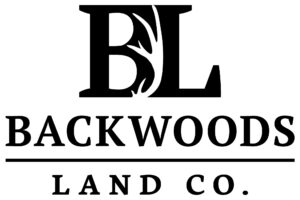Wild Hogs: A Growing Threat to Southern US Farms

It was a hot summer day in the heart of the South, and I, George, was in a predicament. My farm, sprawling over 300 acres of fertile land, had become overrun by a horde of wild hogs, those damnable beasts that had the audacity to ravage my crops, disrupt my fields, and steal eggs from my chickens.
I had tried every method in the book to rid my land of these pigs – fences, traps, hunting, you name it – but nothing seemed to work. I was at my wit’s end, feeling defeated and wondering how I was going to save my farm.
But then, one fateful night, everything changed. I was sitting on my porch, nursing a bottle of bourbon, when I heard a commotion coming from my barn. I stumbled over, curious as to what the was going on, and was greeted with a sight that I would never forget.
A whole herd of wild hogs had moved into my barn, and they were acting like they owned the place. They had set up beds and a small kitchen area, for Christ’s sake. I couldn’t help but laugh at the absurdity of it all.
I decided what the heck, if you can’t beat em, join em.
He fired up the grill and cooked up a feast fit for a king! The aroma of the grilled corn and sweet potatoes wafted through the air, and the hogs could hardly contain themselves. They gathered around George, oinking and snuffling in excitement, as he served up the delicious meal.
The hogs devoured the food, their eyes rolling back in pleasure as they savored the taste of the succulent pork and the sweetness of the sweet potatoes. George couldn’t help but smile, feeling a sense of satisfaction that he had been able to give these wild animals a good meal.
I went back inside. The hogs were in hog heaven and we all sat down to enjoy a feast fit for a king.
From that day on, my farm was a haven for wild hogs, and we lived in a strange harmony. They helped themselves to my crops, but in return, they helped me by keeping pests away and protecting my chickens from other predators. My farm prospered and I was never short of bacon and pork chops.
NOW, BACK TO REALITY
I George, with promise of a bountiful harvest, I ventured deeper into the heart of these farmlands, I began to see the telltale signs of destruction. Ragged holes in the ground, torn up plants and crops, and the unmistakable tracks of wild hogs.
These feral beasts, once domesticated and raised for food, have now run wild, wreaking havoc on the farms and livelihoods of hardworking Americans. They root through fields, devouring crops and destroying the soil, leaving behind a trail of devastation in their wake.
Farmers and ranchers, already struggling to make a living, now have to contend with this added threat to their livelihood. They spend countless hours and resources trying to keep these hogs at bay, from building fences to hiring hunters to thin the population.
But even with these efforts, the damage continues to mount. The hogs are relentless in their pursuit of food, and they are spreading across the country at an alarming rate. They are now found in nearly every state, causing over a billion dollars in damages to crops and property each year. According to a USDA study, wild hogs can be blamed for $1.5 billion in damages every year in the United States.
It is estimated that 75 percent of a hog population must be killed each year in order to maintain a static population.
As I watched the farmers and ranchers go about their work, I couldn’t help but feel a sense of sadness and frustration. These men and women, who had devoted their lives to the land, were now fighting an uphill battle against a force they couldn’t control. The wild hogs were a constant reminder of the fragility of the American farming industry and the resilience of those who work it.
It is a problem that demands attention and action. The wild hog population needs to be controlled before it causes even more damage to the crops and farms of this great nation. The future of American agriculture depends on it.
But the damage caused by wild hogs is not limited to crops and farmlands. These animals also prey on other species, decimating their populations. They have been known to eat a wide variety of animals, including deer, turkey, ground-nesting birds, and even small mammals such as squirrels and raccoons.
In addition to the ecological impact, this also poses a significant threat to the hunting and fishing industries, which rely on healthy populations of native species to sustain their businesses. The wild hog problem is not only an agricultural issue, but a conservation one as well.
The wild hog population must be controlled to protect the crops, farms, ecosystems, hunting, and fishing industries and to preserve the natural heritage of the United States.
The wild hog problem is not only an agricultural issue, but a conservation one as well. These voracious animals have been known to prey on other native species, decimating their populations and disrupting the delicate balance of ecosystems. Wild hogs have been identified as a significant threat to many species of animals. In some cases, their predation has led to the decline of certain species, and in some instances, it has been a major contributor to the near extinction of some species.
In California, the wild hogs have been identified as a significant threat to the California red-legged frog (Rana draytonii), a species that is nearly extinct. Similarly, in Texas, wild hogs have been identified as a major contributor to the decline of the Houston toad (Anaxyrus houstonensis), a state-listed endangered species. They also have a severe impact on ground-nesting birds, turtles, and small mammals.
In addition, wild hogs are known to compete with native ungulates such as white-tailed deer, pronghorn and elk. This competition can result in reduced populations of these native species.
It’s important to note that the impact of wild hogs on native species varies depending on the location, but it’s clear that wild hogs have a significant impact on native species and it’s necessary to control the population to protect the endangered species and other native species, and to preserve the natural heritage of the United States.
As I ventured deeper into the heart of the American wilderness, I couldn’t help but notice the telltale signs of destruction. Ragged holes in the ground, torn up plants and crops, and the unmistakable tracks of wild hogs. These feral beasts, once domesticated and raised for food, have now run wild, wreaking havoc on the delicate balance of ecosystems and pushing native species to the brink of extinction.
The wild hogs have been identified as a significant threat to many species of animals. In California, the wild hogs have been identified as a significant threat to the California red-legged frog (Rana draytonii), a species that is nearly extinct. Similarly, in Texas, wild hogs have been identified as a major contributor to the decline of the Houston toad (Anaxyrus houstonensis), a state-listed endangered species. They also have a severe impact on ground-nesting birds, turtles, and small mammals.
In addition, wild hogs are known to compete with white-tailed deer, pronghorn and elk. This competition can result in reduced populations of these native species.
As I watched the wild hogs roam, my emotions were a mixture of sadness and frustration. These creatures, once domesticated for food, now run wild, causing destruction and putting native species at risk. The wild hog problem is not just an agricultural issue, but a conservation one as well. Farmers and ranchers, who already have a tough time making a living, now have to deal with this added threat. They spend countless hours and resources trying to keep these hogs away, from building fences to hiring hunters to thin the population. It is clear that this is a complex issue that requires much more attention.
- Strong fencing can be used to keep wild hogs out of crops and other areas where they cause damage. This can include using electric fencing or high-tensile fencing. This is an effective way to protect your land and prevent damage caused by wild hogs.
- Trapping: Trapping is another effective way to control wild hog populations. This can include using traps such as Pig Brig Hog Traps, cage traps or foot snares. This method is useful for capturing individual hogs, or small groups of hogs, which can then be removed from the population.
- Repellents: Certain repellents can be used to deter wild hogs from specific areas. These can include commercial products or homemade solutions such as hot pepper spray. This method can help keep wild hogs away from certain areas, preventing damage and reducing the need for hunting or trapping.
- Sterilization: Sterilization programs can be used to control wild hog populations by preventing them from reproducing. This can include using birth control methods or surgically sterilizing wild hogs. This method can be effective in controlling population growth and reducing the overall number of wild hogs.
- Hunting: One of the most common ways to control wild hog populations is through hunting. This can be done on private property or with the permission of the landowner. This method is useful for removing large numbers of wild hogs from the population and can be done by professional hunters or by individuals.
- Attractants: Attractants can be used to lure wild hogs into traps or specific areas where they can be hunted or trapped. This can include using food or other scents. This method can be useful for attracting wild hogs to specific areas where they can be captured or hunted.
- Aerial hunting: Aerial hunting can be used to control wild hog populations in large, remote areas. This can include using helicopters or fixed-wing aircraft to spot and hunt wild hogs. This method can be effective in large, remote areas where wild hogs are difficult to access.
- Professional hunting: Professional hunting companies such as Prone Outfitters can provide services to control wild hog populations on private property or public land. This method is useful for controlling wild hog populations on large properties or in remote areas.
- Disease management: Certain diseases can be used to control wild hog populations. This can include using disease-free wild hogs for hunting or using disease-causing agents to control wild hog populations. This method can be effective in controlling wild hog populations by reducing their numbers through disease.
- Habitat modification: Modifying the habitat can make it less suitable for wild hogs. This can include removing food sources or creating barriers to access. This method can be effective in reducing the number of wild hogs in an area by making it less suitable for them to live.
WILD HOG RESOURCES
- Wild hogs are known to cause extensive damage to agricultural lands, with estimated losses ranging from $1.5 billion to $2.5 billion annually in the United States alone. (Source: USDA)
- The rooting behavior of wild hogs can lead to soil erosion, which can cause significant damage to wetlands and other sensitive habitats. (Source: Texas Parks and Wildlife Department)
- Wild hogs are known to eat a wide range of plants, including crops, leading to significant economic losses for farmers and ranchers. (Source: National Wild Turkey Federation)
- Wild hogs can also pose a threat to native wildlife by competing for food and habitat. (Source: Georgia Department of Natural Resources)
- Wild hogs can also be carriers of diseases such as pseudorabies, swine brucellosis, and leptospirosis which can be transmitted to other wildlife, domestic animals, and even humans. (Source: Centers for Disease Control and Prevention)
- Wild hogs can also cause damage to infrastructure such as roads, levees, and other public property. (Source: Texas Animal Damage Management Service)
- The USDA has a wild hog Eradication and Control Program that provides cost-share assistance to States and Tribal Nations for wild hog damage management. (Source: USDA)
- The National Wild Turkey Federation also have a program that provides resources and assistance for landowners dealing with wild hog damage (Source: National Wild Turkey Federation)
- Some states also have their own programs and resources to help with wild hog management. (Source: Texas Animal Damage Management Service)
- For more information on wild hog management, you can visit the USDA website, the National Wild Turkey Federation website, and your state’s wildlife agency website.
Wild Hogs: A Growing Threat to Southern US Farms Read More »

